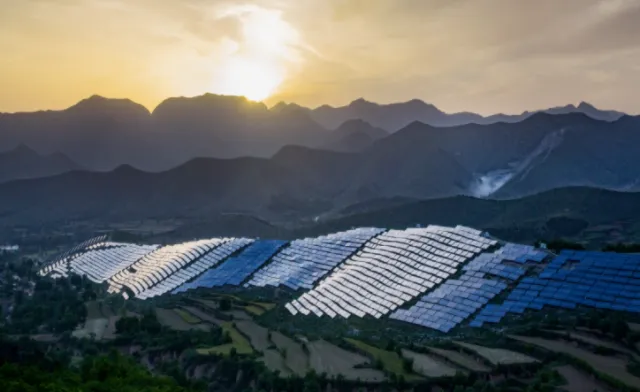GCL-Poly posts $141m loss in H1
Aug 13, 2019 08:23 PM ET
- The Chinese PV group recorded a loss attributable to owners of the company of roughly $141.1 million, as its solar materials division posted a loss of approximately $185.5 million.

GCL-Poly Energy Holdings posted a loss of RMB997.5 million ($141.1 million) for the first half of the year, down from a profit of roughly RMB382 million a year earlier, as its solar materials unit sank from profitability in the first half of last year to a divisional loss of RMB1.3 billion.
In the first half of this year, the division was weighed down by average selling prices for polysilicon and wafers, which respectively fell 38.5% and 39.6% from the preceding year. The price decline dragged down the division’s profitability even as sales soared from a year earlier.
“We believe that the year 2019 will be a key turning point for [China’s] PV production industry as it enters a phase of quality development, inaugurating a new era of grid parity in the truest sense of the term,” said Zhu Gongshan, chairman of GCL-Poly Energy Holdings.
The group’s solar farm business — which operates 371 MW of solar capacity including 18 MW in the United States — recorded first-half revenue of RMB248.5 million. However, wider group revenue fell 9.3% year on year to around RMB10 billion in the six months to the end of June.
The company’s ‘new energy’ business — which oversees the development, construction, operation and management of solar projects — posted revenue of RMB3.17 billion. Both of the two divisions were profitable throughout the first six months of the year.
GCL-Poly’s total production of polysilicon and wafers reached 36,592 MT and 14,658 MW, respectively, in the first half. The group’s Xinjiang Polysilicon Base Phase I facility ramped up production by 48,000 MT during the period, the group said. It plans to eventually scale up annual polysilicon production at the site to 60,000 MT.
“GCL-Poly remains focused on the solar materials business by leveraging its existing advantages, satisfaction of market demand, energy technology innovation, energy conservation and emission reduction as well as introduction of highly efficient new products,” the group said.
Also read

